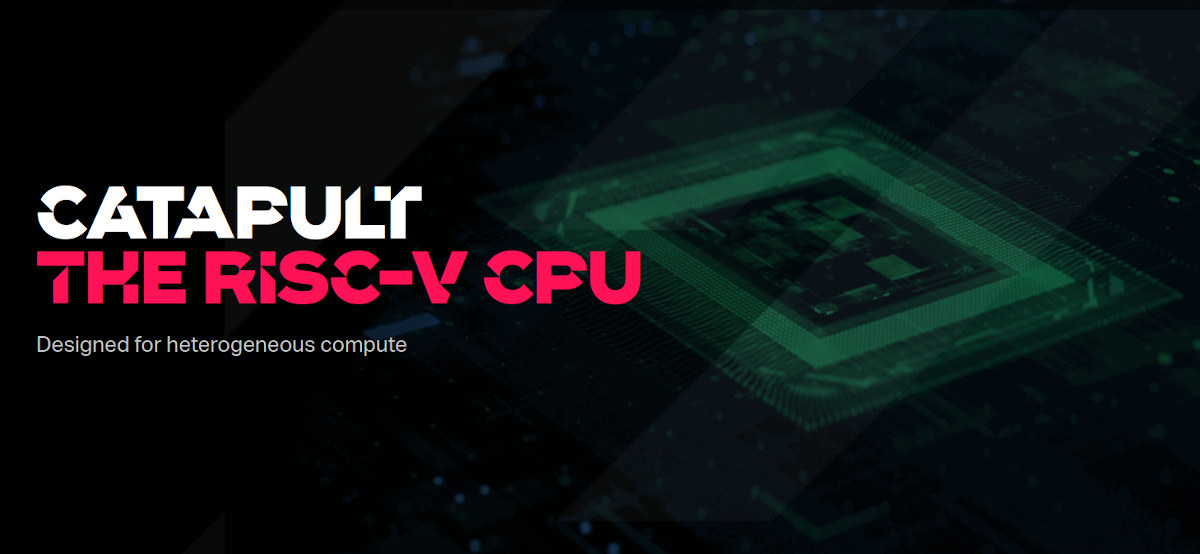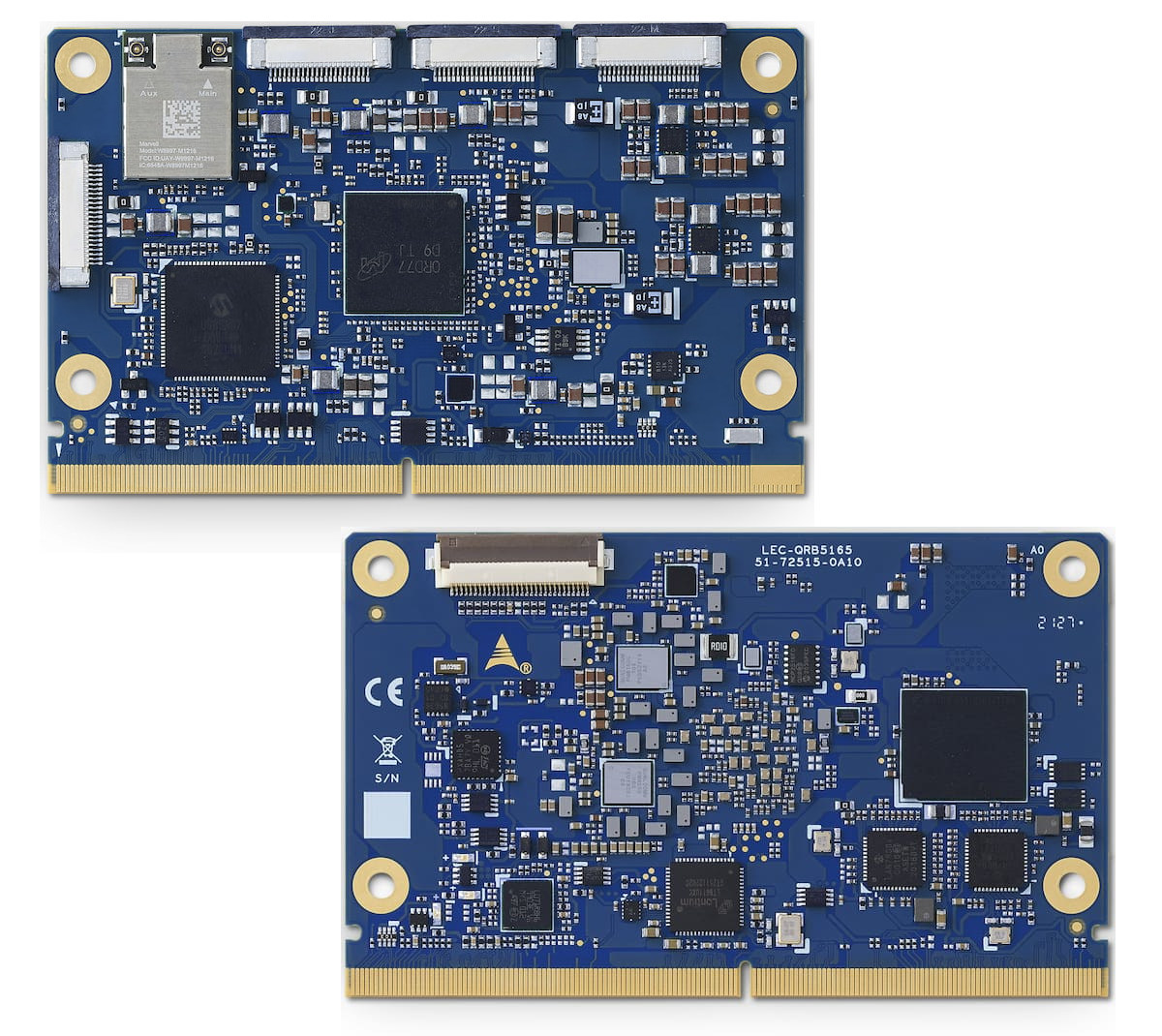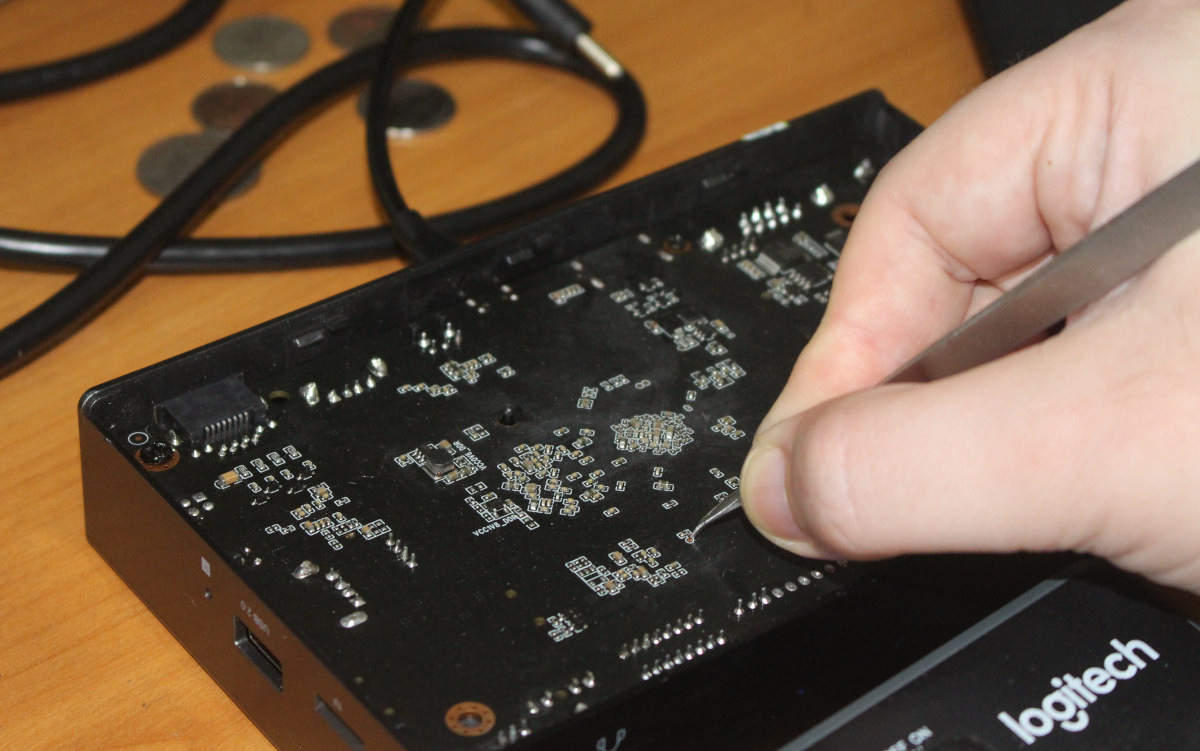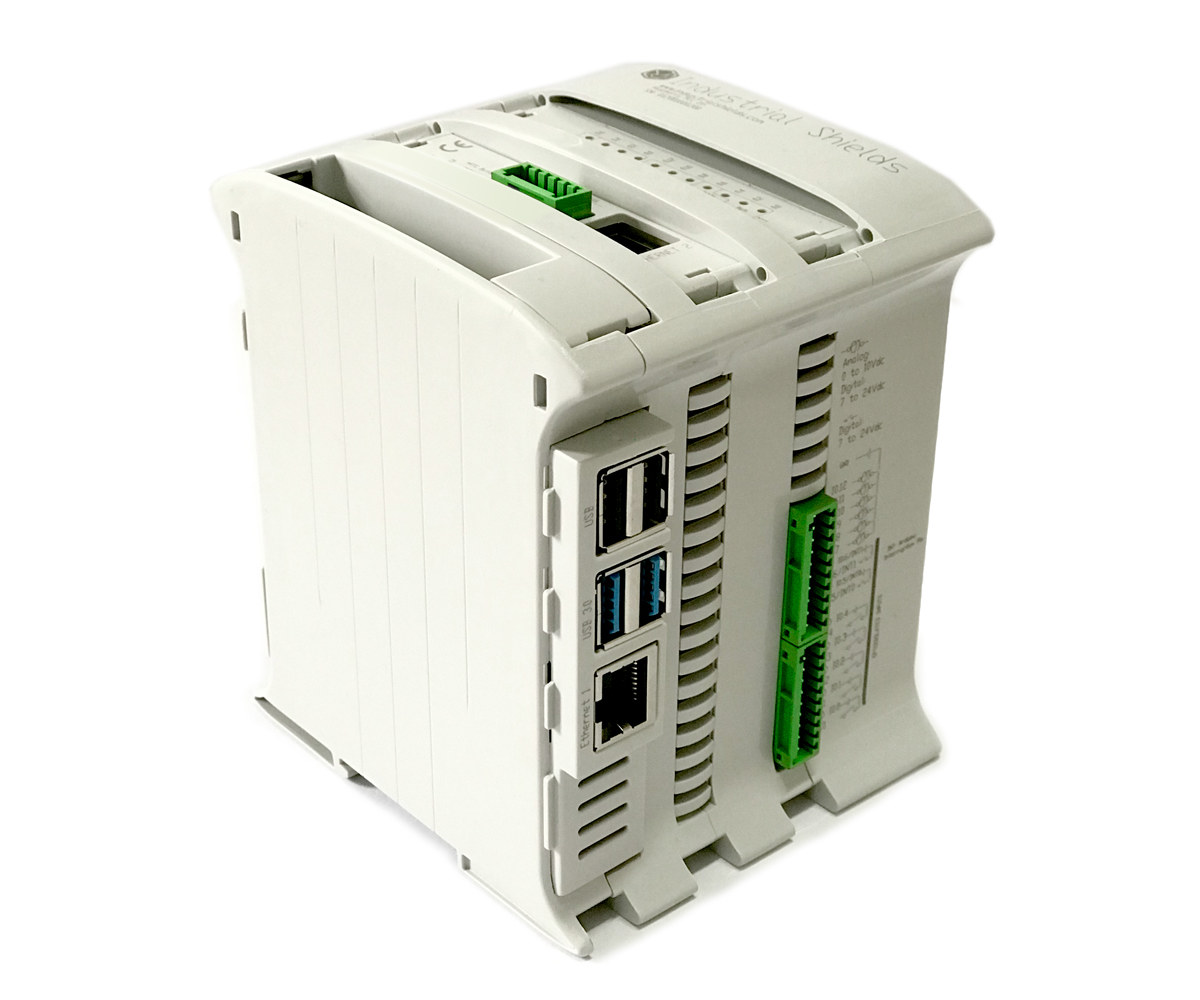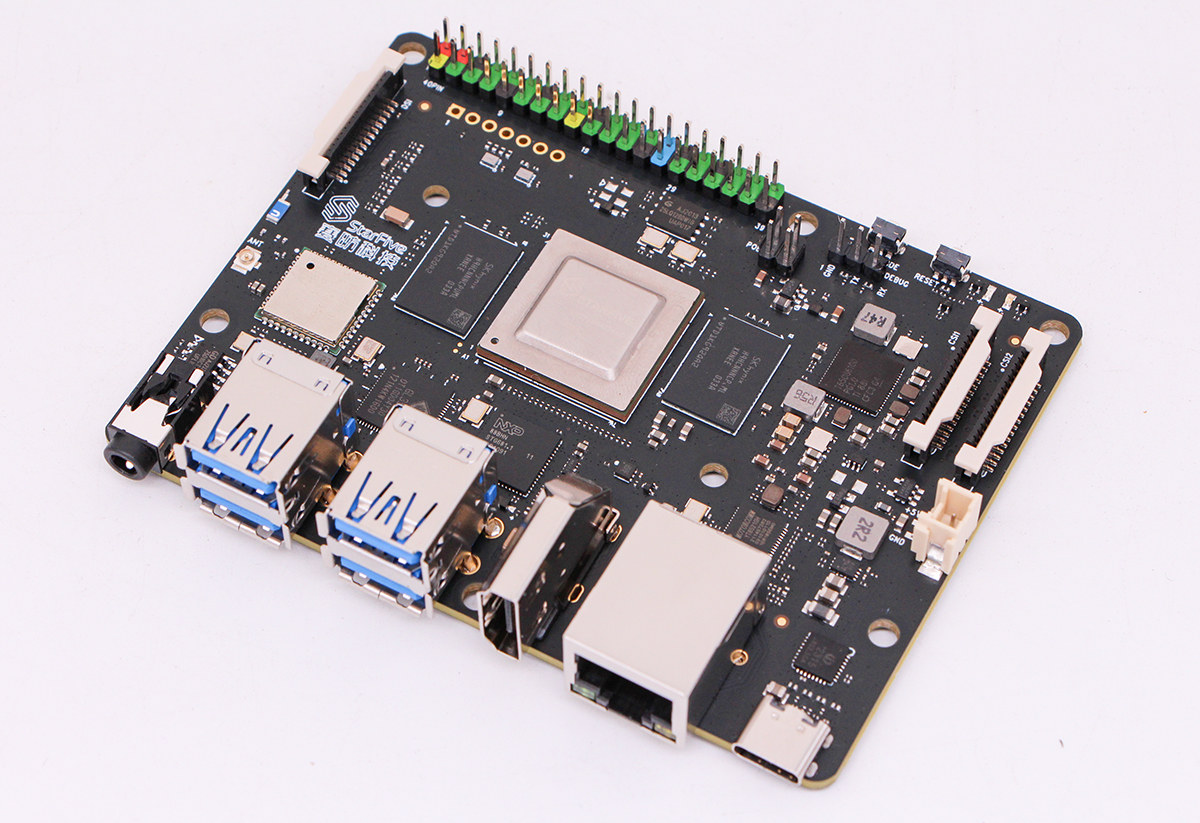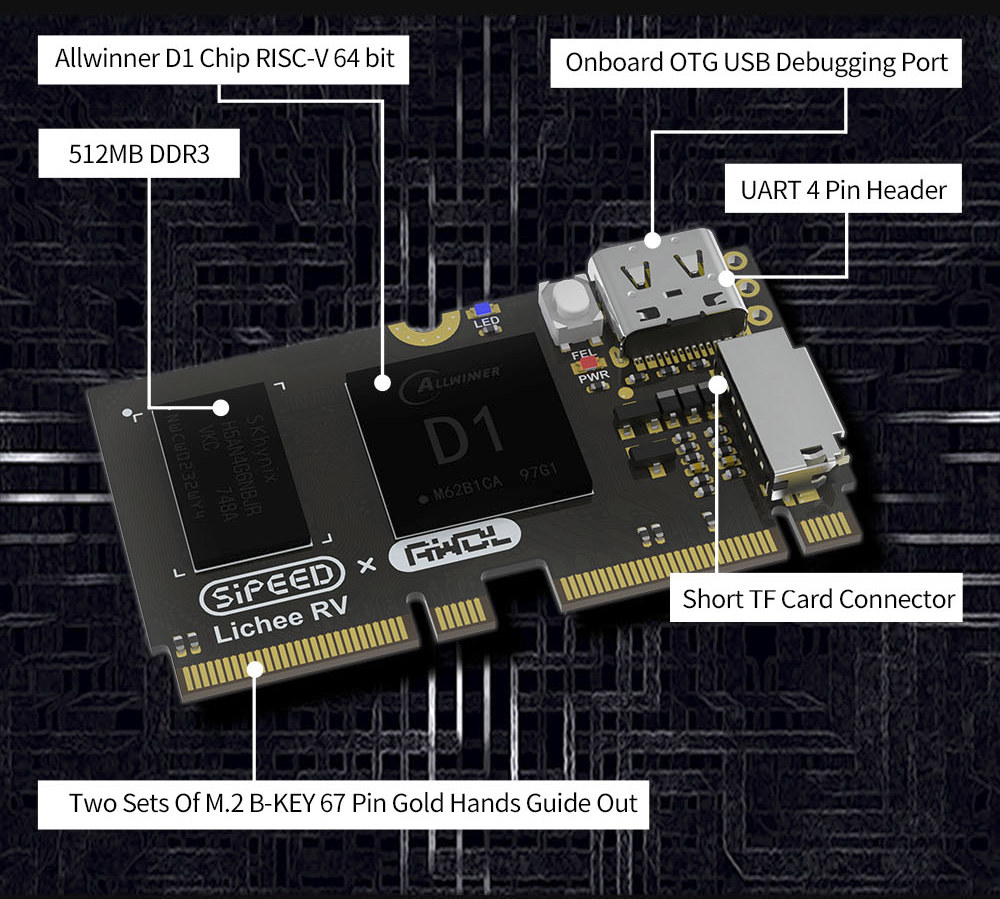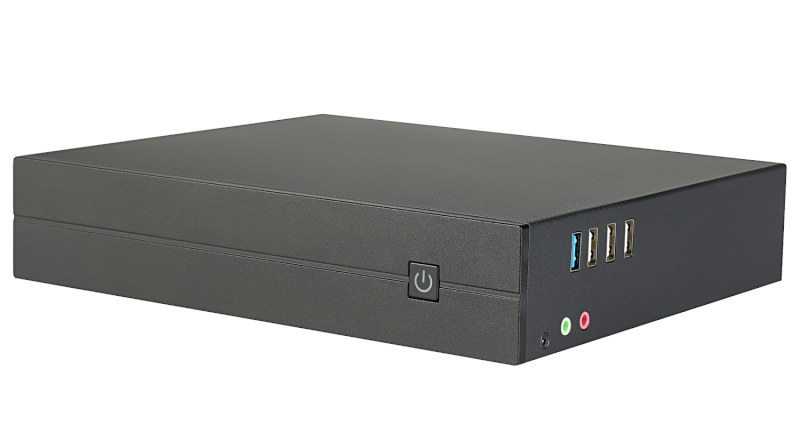As expected, Imagination Technologies is giving another try to the CPU IP market with the Catapult RISC-V CPU cores following their previous unsuccessful attempt with the MIPS architecture, notably the Aptiv family. Catapult RISC-V CPUs are/will be available in four distinct families for dynamic microcontrollers, real-time embedded CPUs, high-performance application CPUs, and functionally safe automotive CPUs. The new 32-/64-bit RISC-V cores will be scalable to up to eight asymmetric coherent cores-per cluster, offer a “plethora of customer configurable options”, and support optional custom accelerators. What you won’t see today are block diagrams and detailed technical information about the cores because apparently, all that information is confidential even though some Catapult RISC-V cores are already shipping “in high-performance Imagination automotive GPUs”. The only way to get more details today is to sign an NDA. Having said that we have some more information about the target markets and development tools. Imagination Capapult […]
Portable game console runs RetroArch on SigmaStar SSD202D processor
SigmaStar SSD202D “Smart Display” dual-core Cortex-A7 processor has found its way into the MIYOO mini portable game console compatible with RetroArch Linux distribution. Initially designed for industrial smart displays or other HMI applications, we’ve already seen the low-cost Arm Linux processor with 64MB (SSD201) or 128MB (SSD202D) memory has been integrated into a gateway, a single board computer, and M5Stack UnitV2 AI camera devkit, but somehow, it’s now gone into a consumer device. MIYOO mini portable game console specifications: SoC – SigmaStar SSD202D dual-core Cortex-A7 processor @ 1.2 GHz with 2D GPU, 128MB DDR3 (Note: no GPU) Storage – 32GB MicroSD card Display – 2.8-inch IPS screen with 640×480 resolution Audio – 3.5mm audio jack User input – D-PAD, Menu, Select and Start buttons, ABXY buttons, R/R2 and L/L2 buttons at the back USB – 1x USB-C port Misc – Power button, Vibration motor, LEDs Battery – 3.7V/1,900mAh battery good […]
ADLINK LEC-RB5 – A Qualcomm QRB5165 SMARC module designed for drones and robots
ADLINK Technology LEC-RB5 is a SMARC compliant system-on-module powered by the Qualcomm QRB5165 octa-core Cortex-A77 class processor which we’ve already seen in Qualcomm Flight RB5 high-end drone reference design and Lantronix Open-Q 5165RB system-on-module designed for robotics applications. The LEC-RB5 SMARC module ships with up to 8GB PoP LPDDR4 memory, 256GB UFS storage, provides on-device artificial intelligence capabilities (up to 15 TOPS), support for up to 6 cameras, and low power consumption. The main target applications are high-end robots and drones in the consumer, enterprise, defense, industrial, and logistics sectors. LEC-RB5 SMARC SoM specifications: SoC – Qualcomm QRB5165 octa-core Kryo 585 processor with a Kryo Gold Prime @ 2.84 GHz, 3x 3 Kryo Gold @ 2.42 GHz, 4x Kryo Silver @ 1.81 GHz, Adreno 650 GPU @ up to 587 MHz, Video decode HW acceleration for H.265/HEVC, H.264, MPEG2, MVC, VC-1, WMV9, JPEG/MJPEG, VP8, VP9, video encode HW acceleration for […]
Tribulations with Linux on Zidoo M6 Rockchip RK3566 mini PC
After our review of the Zidoo M6 mini PC with Android 11, we’ve installed Linux on the Rockchip device, and we did boot to a Linux Qt user interface built with buildroot. Let’s try to see what we can do with the image, and then try Ubuntu from a competing mini PC to check out if that can work. Since there’s no package manager to install a screenshooting program, I tried to use the usual method to take a framebuffer screenshot.
|
1 |
cat /dev/fb0 > screen.raw |
It generated an 8MB file which looked good, but the content was just comprised of zeros.
|
1 2 3 4 5 6 |
$ ls -lh screen.raw -rw-r--r-- 1 jaufranc jaufranc 8.0M Nov 13 15:08 screen.raw $ hexdump screen.raw 0000000 0000 0000 0000 0000 0000 0000 0000 0000 * 07e9000 |
I asked Zidoo for a method to take screenshots in their Linux image, but I was told there weren’t any at this time… No worries, let’s try some of the applications in the Qt interface starting with the Multivideoplayer: It starts well with 9 videos of Big Buck Bunny playing simultaneously, […]
Raspberry Pi 4 PLC Industrial controller targets IIoT applications
I’ve just noticed Boot&Work Corp was now offering an “Industrial Shields” branded PLC industrial computer powered by Raspberry Pi 4 SBC. We previously covered the company in 2017 at a time when they provided Arduino-based PLC modules optionally controlled with 10.1-inch panel PCs based on ARM Linux SBCs such as Raspberry Pi or Banana Pi. The “Raspberry Pi PLC Industrial Controller” is offered with either optoisolated outputs or relay outputs, and optional GPRS connectivity. The Linux PLC is equipped with up to 36 digital inputs, 16 analog inputs, 8 analog outputs, and 6 interrupts, as well as communication interfaces such as CAN bus, up to 2x Ethernet ports, dual RS-485, WiFi, and Bluetooth. Raspberry Pi PLC Industrial Controller basic specifications: Single board computer – Raspberry Pi 4 SBC with 2GB to 8GB RAM, WiFi 5, and Bluetooth 5.0 connectivity Storage – 8GB MicroSD card Video Output – 2x Micro HDMI […]
VisionFive V1 RISC-V Linux SBC resurrects BeagleV StarFive single board computer
Last summer we reported that BeagleV StarFive RISC-V SBC would not be manufactured, but all was not lost as StarFive would collaborate with Radxa to make a new single board computer based on their JH7100 dual-core 64-bit RISC-V processor. But thanks to a report on Heise and extra photos acquired by CNX Software, we now have more details about the board that mostly comes with the same features as the BeagleV StarFive, but a completely different layout that brings all the main ports to one side of the board. VisionFive V1 specifications: SoC – StarFive JH7100 Vision SoC with: Dual-core Sifive U74 RISC-V processor @ 1.5 GHz with 2MB L2 cache Vision DSP Tensilica-VP6 for computing vision NVDLA Engine 1 core (configuration 2048 MACs @ 800MHz – 3.5 TOPS) Neural Network Engine (1024MACs @ 500MHz – 1 TOPS) VPU – H.264/H.265 decoder up to 4Kp60, dual-stream decoding up to 4Kp30 […]
Sipeed LicheeRV – A $16.90 Allwinner D1 Linux RISC-V board
Finally! There’s now a much more affordable Allwinner D1 RISC-V Linux board thanks to Sipeed LicheeRV Nezha CM SBC sold for $16.90 and up on Aliexpress, that’s much cheaper than the $100 asked for Nezha SBC, although still not incredibly cheap as we’ll see from the specifications below. Sipeed LicheeRV is actually both a board and a system-on-on-module with an edge connector, and is equipped with 512MB DDR3, a USB-C OTG port, a MicroSD card socket, and an SPI display interface. The dual M.2 edge connector can be plugged into a carrier board, and they will be a “86 Box” (86x86mm) for HMI display that can be used for home automation. Sipeed Lichee RV specifications: SoC – Allwinner D1 single-core XuanTie C906 64-bit RISC-V processor @ 1.0 GHz with HiFi4 DSP, G2D 2D graphics accelerators Memory – 512MB DDR3 memory @ 792 MHz Storage – MicroSD card slot Video – […]
Phytium D2000 ARMv8 Mini PC runs Linux, supports gaming with Box64 emulator
Dragonbox is now taking pre-orders for a “Phytium D2000 ARMv8 Mini PC” with an octa-core 64-bit Arm processor, 16GB RAM, a 512GB NVMe, and an AMD Radeon RX550 GPU that makes it powerful enough to play older PC gaming like Crysis through Box64 x86_64 emulator, the 64-bit version of Box86 x86 emulator compatible with Raspberry Pi and other 32-bit Arm platforms. If the Dragonbox name sounds familiar, it’s because that’s the community that developed the Pyra handheld Linux game console/PC, except now they are offering a mini PC based on Phytium D2000 processor based on the same FTC663 Armv8 cores as found in the earlier Phytium FT2000/4 processor, with both Pythium SoC specifically designed for desktop PCs, contrary to most other Arm SoCs on the market. Phytium D2000 mini PC specifications: SoC – Phytium D2000 ARMv8 octa-core custom Armv8 (FTC663) desktop processor @ 2.3 – 2.6 GHz with 8MB L2 […]


